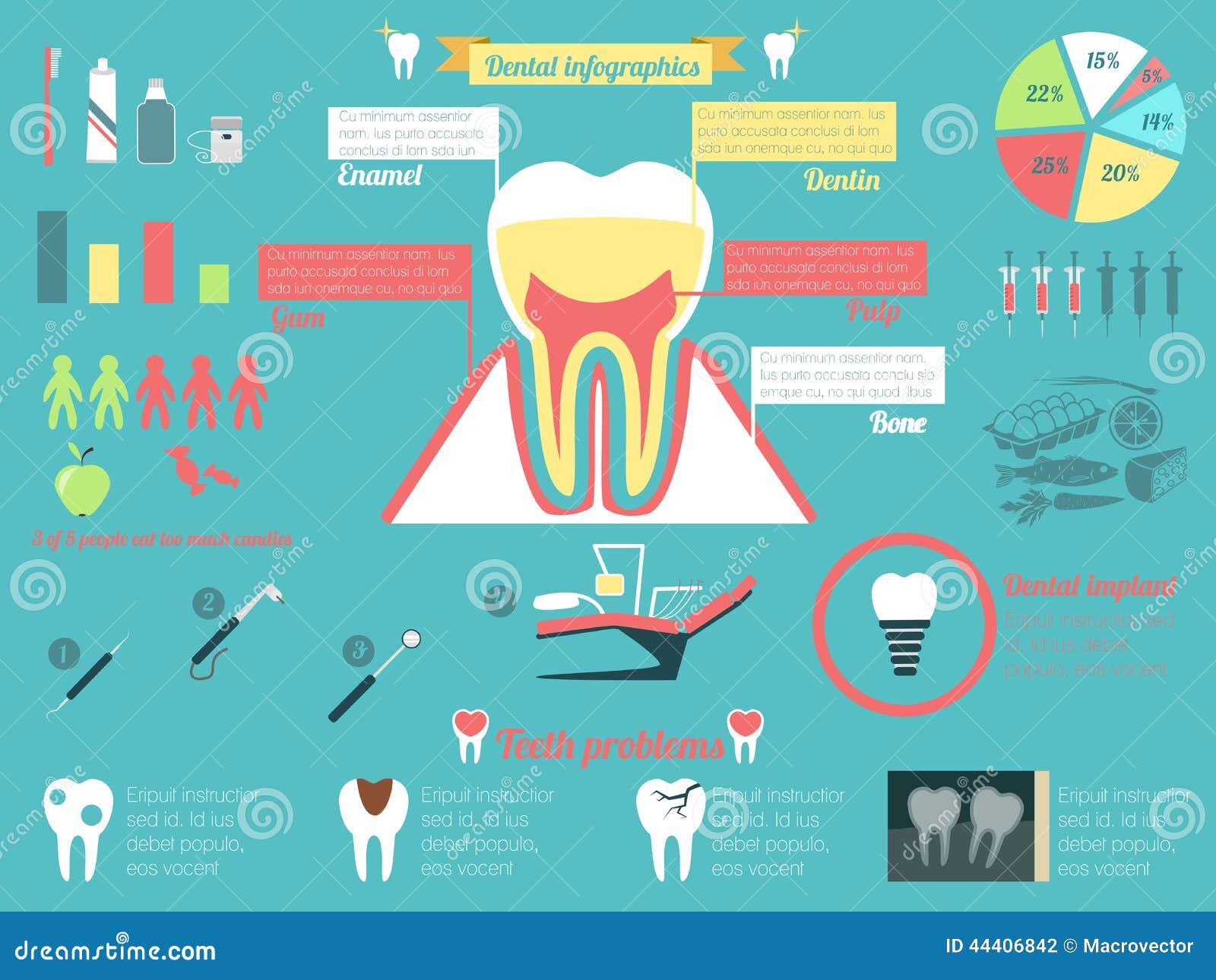Prepare Yourself For Unexpected Oral Emergency Situations By Being Able To Determine The Signs Of Trauma And Understanding The Appropriate Time To Look For Prompt Medical Focus
Prepare Yourself For Unexpected Oral Emergency Situations By Being Able To Determine The Signs Of Trauma And Understanding The Appropriate Time To Look For Prompt Medical Focus
Blog Article
Authored By- dentist surgeon near me
If you really feel an abrupt jolt of discomfort or observe a tooth injury, it can be disturbing. Yet exactly how do you identify if it's an oral emergency that requires instant interest? Comprehending the crucial indications and knowing when to look for assistance can make all the distinction in maintaining your oral wellness. Understanding when to act swiftly might indicate the difference in between a quick fix and extra extensive therapy.
Common Kind Of Dental Injury
What're the usual types of oral trauma that you should understand?
Mishaps can happen, leading to different types of oral injuries. One common kind of dental trauma is a split tooth. This can take place from biting down on something tough or experiencing a blow to the face.
One more type is a damaged tooth, where a part of the tooth can chip off. Additionally, you might experience a knocked-out tooth, which can occur during sporting activities or drops. It's critical to deal with the tooth carefully and seek prompt dental attention.
Dental injury can additionally entail a tooth that has been pushed out of position or loosened as a result of an injury. This type of injury requires prompt treatment to conserve the tooth.
Last but not least, soft cells injuries in the mouth, such as cuts, can also take place from crashes. Finding out about these usual sorts of dental trauma can aid you act promptly and appropriately in case of an emergency situation.
Indications of Oral Emergency Situations
Recognizing the signs of dental emergency situations is vital for prompt action and proper therapy. If you experience severe tooth discomfort that's constant and pain, it might show an underlying problem that requires prompt attention.
Swelling in the gum tissues, face, or jaw can also suggest an oral emergency, particularly if it's accompanied by discomfort or high temperature. https://www.prnewswire.com/news-releases/global-teeth-whitening-market-was-valued-at-us-6-6-bn-in-2022-and-is-expected-to-reach-a-revenue-of-us-10-7-bn-between-forecast-period-of-2022-32--data-analysis-by-future-market-insights-inc-301668858.html of sort of injury to the mouth resulting in a split, broken, or knocked-out tooth should be dealt with as an emergency to stop additional damage and prospective infection.
Bleeding from the mouth that doesn't stop after using pressure for a few minutes is an additional warning that you should look for emergency oral treatment. In addition, if you notice any indications of infection such as pus, a foul taste in your mouth, or a fever, it's vital to see a dental practitioner as soon as possible.
Ignoring these indications can result in much more severe issues, so it's crucial to act promptly when confronted with a potential dental emergency.
Significance of Immediate Therapy
Trigger action and instant treatment are vital in attending to oral emergencies to avoid more issues and make certain optimal end results for your dental wellness.
When confronted with a dental emergency, such as a knocked-out tooth or serious tooth pain, seeking instant treatment can make a significant difference in saving your tooth and minimizing pain. Delaying treatment can cause infection, raised discomfort, and also irreversible damages to your teeth and gum tissues.
By seeking emergency situation dental care immediately, you enhance the chances of successful therapy and repair. Dental experts have the necessary skills and equipment to address emergency situations successfully, decreasing the threat of lasting repercussions.
In addition, instant therapy can aid manage pain and discomfort, allowing you to resume your everyday tasks without interruption.
Verdict
To conclude, understanding dental trauma and recognizing when to seek first aid is essential for preserving oral health and wellness.
By identifying common types of oral injuries and the indications of oral emergency situations, you can ensure timely care to protect against further damages and issues.
Remember, seeking immediate treatment can conserve teeth, decrease discomfort, and boost the opportunities of effective healing.
Do not wait to seek aid from an oral specialist if you experience any kind of indicators of oral injury.
